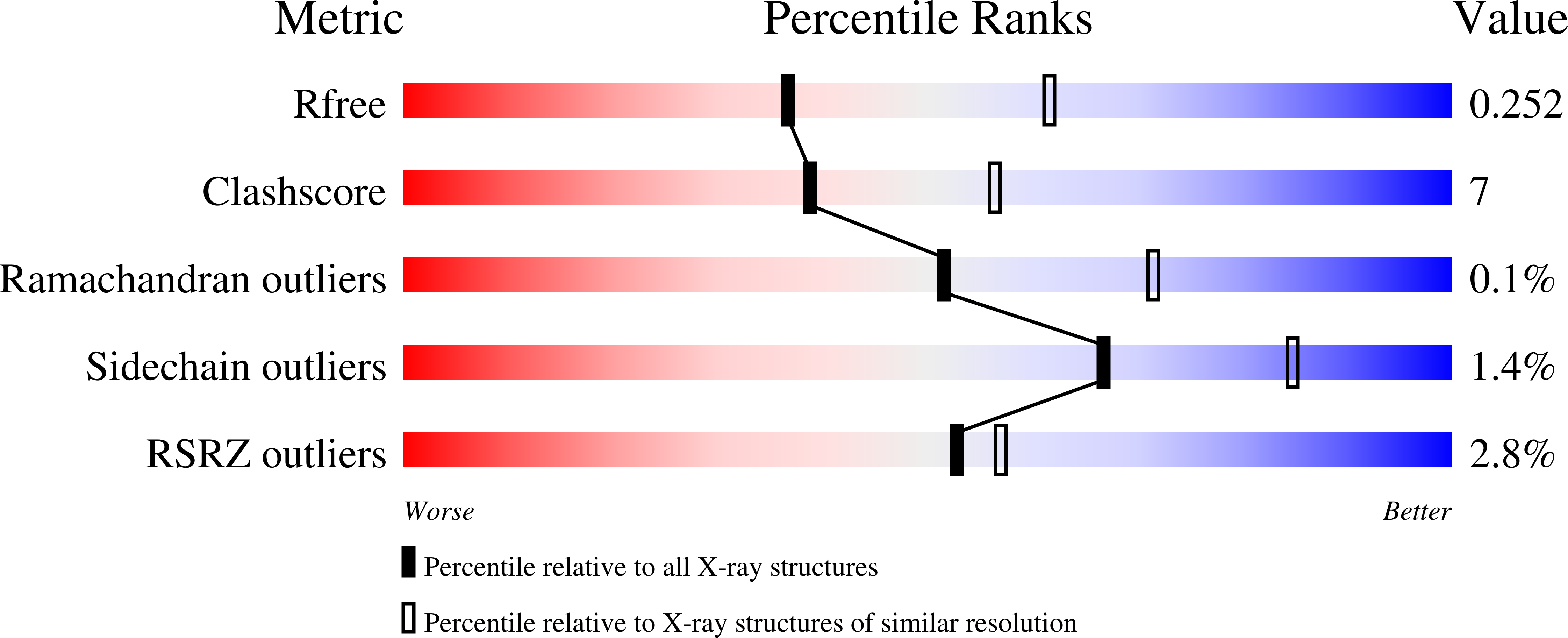
Deposition Date
2020-10-24
Release Date
2021-07-07
Last Version Date
2023-10-18
Entry Detail
PDB ID:
7KIQ
Keywords:
Title:
Crystal structure of the mouse lipin-2 M-Lip domain
Biological Source:
Source Organism:
Mus musculus (Taxon ID: 10090)
Host Organism:
Method Details:
Experimental Method:
Resolution:
2.52 Å
R-Value Free:
0.25
R-Value Work:
0.21
R-Value Observed:
0.21
Space Group:
P 1 21 1


